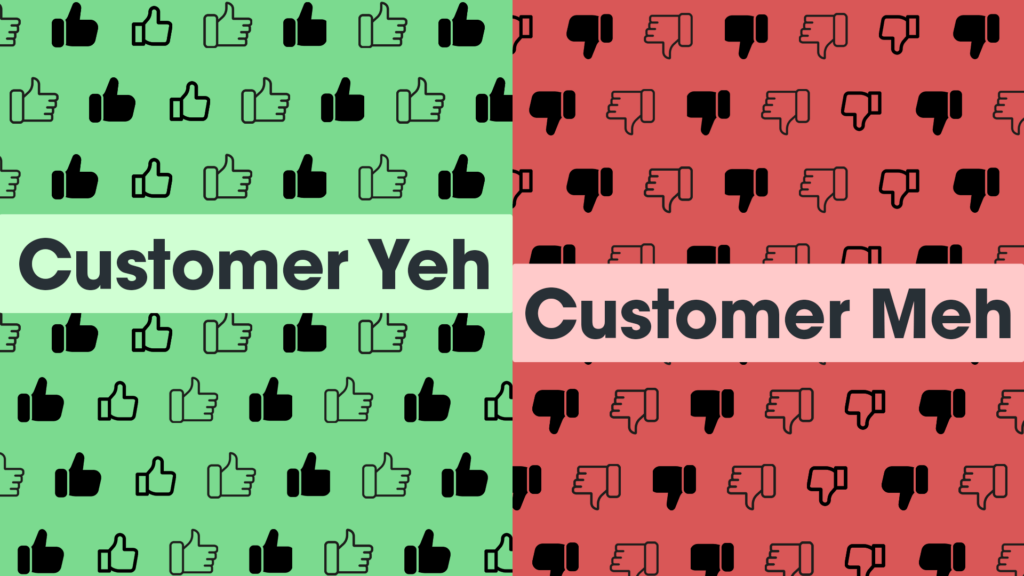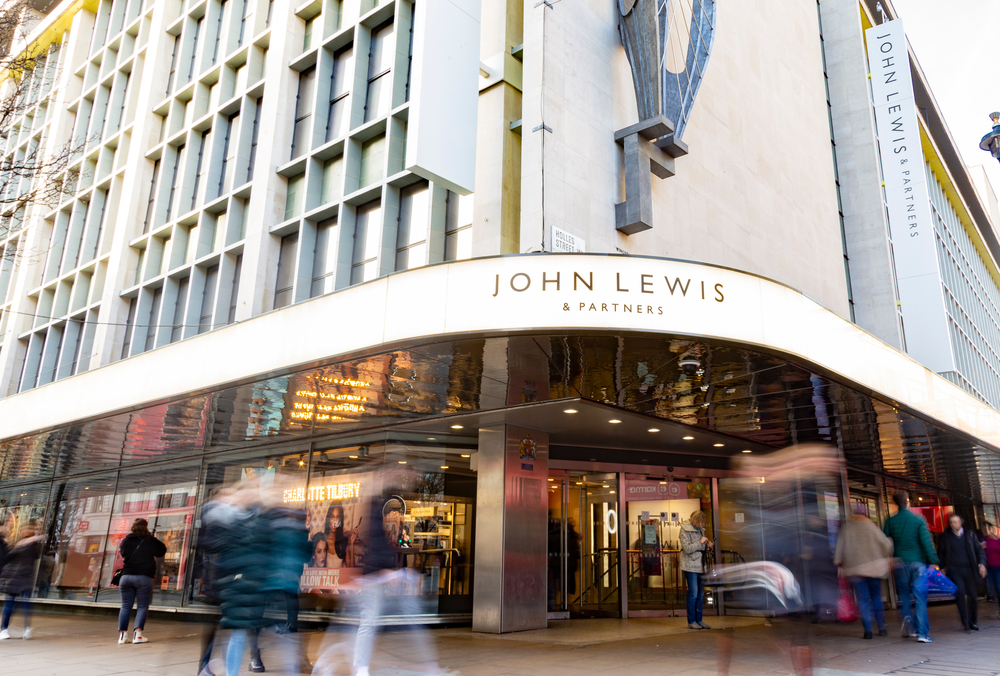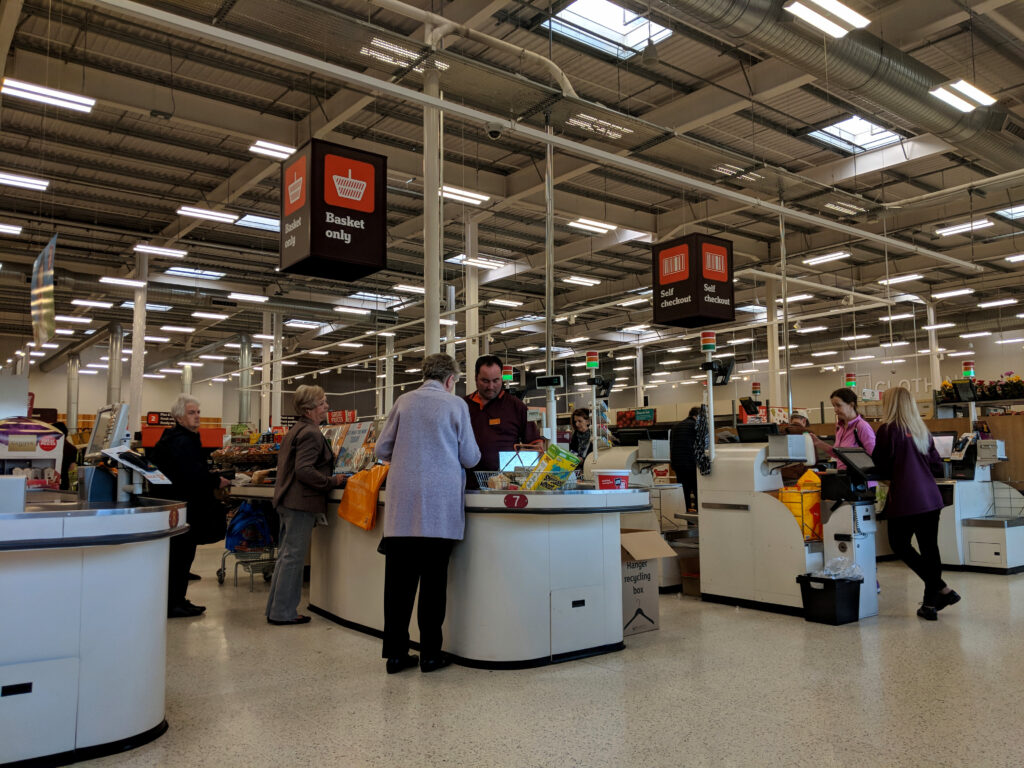Earlier this year, data from the World Bank revealed that only six countries in the world guaranteed women and men equal work rights. These were Belgium, Denmark, France, Latvia, Luxembourg and Sweden. Despite being an influential leader in the suffragette moment, the UK was not even on the list.
However, this may not be much of a surprise – especially when looking at statistics pertaining pay disparity. According to the House of Commons’ most recent data on the gender pay gap, the median hourly pay for full-time employees was 8.6 per cent less for women than for men at April 2018.
When it comes to retailers’ board rooms and senior management positions, it’s all dominated by men. In the age of #MeToo, it’s also no secret that the UK retail industry has been rocked with a few scandals of sexual harassment allegations – namely the ones that plagued Ted Baker’s now-former chief executive Ray Kelvin and Sir Philip Green, the owner of the Arcadia Group retail empire.
Despite this, many retailers are preparing to mark International Women’s Day (IWD) in shape or form. For example, lingerie retailer Ann Summers is rebranding two of its London flagship stores on Oxford Street and Marble Arch to “WomAnn Summers” in a bid to inspire its target female customers.
“Women have long been stereotyped as the main caregivers in families, which inevitably splits their attention between domestic and work duties.”
On an ecommerce level, Ebay has teamed up with women’s charity Dress for Success to help women achieve economic independence by providing a network of support, professional attire and the development tools. Ebay also created the first-ever Women at Work report which gives insight into how today’s women find empowerment and balance in their careers, whether that’s dressing for success or seeking solidarity with female colleagues.
Online rival Amazon UK announced it would combat workplace barriers for women by improving diversity on interview panels and encouraging applications. The new “Amazon Amplify” initiative includes an annual bursary of over £130,000 for 24 female students to fulfil their ambitions of a career in innovation and technology.
Meanwhile, Topshop, Kate Spade and Zadig & Voltaire have released collections to mark the triumph of women’s labour movements and the improved conditions of western factory workers, and H&M fascia & Other Stories is partnering with the LA Municipal Dance Squad for a documentary series around a judgement-free dance party for women. Finally, DNKY founder Donna Karan is hosting an all-female art exhibit around identity and femininity.
Despite the campaigns and initiatives, the cold hard evidence shows that women on average are still paid less per hour than men across the whole of the UK retail industry. This, along with the lack of gender diversity in board rooms, prompts questions as to whether retailers are being hypocritical by attempting to capitalise from IWD.
Julie Hall, founder of leadership mentor group Women Unlimited, said it was more of an ethics issue rather than retailers having a “right” to capitalise from IWD.
“I’m not sure it’s about right, but it is about ethics. I would like to see retailers discuss what they are doing to improve that situation,” she told Retail Gazette.
“There are a number of factors that determine pay and organisations need to be honest with themselves about whether they are genuinely offering opportunities for men and women to earn the same pay.”
“They need to look at the people in their management team and ask themselves if they are suffering from an unconscious bias towards a particular gender, age and race and then work to rectify it.
“It’s easy to justify why someone has been hired for a role, but if there is no diversity, bias is definitely the main reason for this.
“Bias doesn’t just exist at the hiring process, it will exist through all levels of the organisation.”
Ultimately, it all comes down to the average woman’s lifestyle. Women have long been stereotyped as the main caregivers in families, which inevitably splits their attention between domestic and work duties. Arguably, this could be one of the reasons why women don’t receive the promotions at work that their male colleagues do.
“When women take a year out for maternity leave, they often come back part-time or to a job-share, so don’t get the same opportunities for promotion,” Hall said.
“The Equal Pay Act was passed in 1970 so why are we even still having that debate?”
“Once a woman has been out of work for a period of time, she often loses confidence in her ability to perform at the same level as she did before she had children.”
It can be argued that retailers capitalise on IWD on the back of another stereotype: that women shop more than men. Therefore, consumer retail has traditionally given the average woman more choices.
Retailers have tested many different strategies when it comes down to increasing sales during IWD. Discount campaigns have been tried and tested, campaigns focused on promoting women have been introduced, product lines dedicated to IWD have been launched, and retailers have aimed their focus on social media by posting quotes, gifs and videos about IWD.
However, customer experience management company Sitecore’s chief marketing officer Paige O’Neill was apprehensive about whether retailers could keep up with changing consumer behaviour.
“Today’s millennial generation, for example, cares very passionately about diversity, giving back, being green, and gender equality — and as a result, they are more deliberate in seeking out companies who live the values that they articulate in their marketing,” she told Retail Gazette.
“They want to know what materials are in the clothing they purchase, they want to understand how the products came to market, the environmental impact, and to ensure that everyone involved was fairly compensated.
“How long can retailers really afford not to pay attention to these issues?”
Despite the countless options for IWD campaigns, do retailers genuinely need to pursue one that focuses on promoting products? Or can it be as simple as wishing consumers in-store and on social media a happy International Women’s Day?
Erica Wolfe-Murray, director of accountancy firm Taxo’d, said: “IWD does not have an approval process, so any business can choose to contribute to the event, the debate, to the support of women.
“As a consumer – it is you that has to question whether you accept that message from them and believe that they really are doing internally, what they are promoting externally,” she told Retail Gazette.
“We as consumers can look at that retailer asking ourselves whether we want to spend our hard-earned cash with a company that is fine to talk the IWD talk when it could benefit their sales, but not walk the #BalanceforBetter walk in looking at their own organisation.
“A sexist organisation is an unhappy, unhealthy place. It is not functioning as it should in today’s society. It is not getting the best from its team, is not benefiting from diversity of thought which is key to helping it flourish.
“So why does it deserve your cash?”
Click here to sign up to Retail Gazette‘s free daily email newsletter

















